Guide To Uninstall FileEncrypted Ransomware
FileEncrypted Ransomware is responsible for causing these errors too! 0x0000007F, 0x0000005E, 0x00000096, 0x80242000 WU_E_UH_REMOTEUNAVAILABLE A request for a remote update handler could not be completed because no remote process is available., 0x0000010D, 0x000000F7, 0x80240012 WU_E_REG_VALUE_INVALID An invalid registry value was read., 0x00000078, 0x8024000E WU_E_XML_INVALID Windows Update Agent found invalid information in the update's XML data., 0x0000003A, 0x80243FFF WU_E_AUCLIENT_UNEXPECTED There was a user interface error not covered by another WU_E_AUCLIENT_* error code. , 0x8024401A WU_E_PT_HTTP_STATUS_BAD_METHOD Same as HTTP status 405 - the HTTP method is not allowed., 0xf0825 CBS_E_CANNOT_UNINSTALL Package cannot be uninstalled., 0x0000003B, 0x00000055, 0x8024D006 WU_E_SETUP_TARGET_VERSION_GREATER Windows Update Agent could not be updated because a WUA file on the target system is newer than the corresponding source file., 0x00000085, 0x8024A005 WU_E_AU_NO_REGISTERED_SERVICE No unmanaged service is registered with AU., 0x00000090Easy Guide To Delete FileEncrypted Ransomware From System
FileEncrypted Ransomware, a pernicious computer threat which damage the saved data and make other program unresponsive. Number of fake malicious process start running on the background which make consume more RAM memory and increase load on the CPU. This unwanted background process will create a havoc to the infected System, which make the System more sluggish then before. However FileEncrypted Ransomware will not only make the infected System slow, but after the infiltration the risk on privacy setting will be increased.
Hacker linked with this FileEncrypted Ransomware threat will easily enter into the System and collect all the private data. These private data is send to the third party, which will make benefit from it and even start demanding extortion money from the user. You will notice after the infiltration of this threat the System will take more time to boot-up. Therefore you must learn the steps to Remove FileEncrypted Ransomware from the System.
Part 1 : Start Your System In Safe Mode With Networking
Remove FileEncrypted Ransomware For Window XP/Vista/7
- Click Start Menu >>> select the Restart option.
- Simultaneously press F8 button while the System start booting.
- Here you will get Advance boot menu.

- In this Advance boot menu select Safe Mode With Networking Option.
- To open System in Safe Mode With Networking press Enter button.

Remove FileEncrypted Ransomware For Windows 8/10
- Click on Start Menu, hold Shift key and the press Restart button.

- In next Window select Troubleshoot option then click on Advanced Options.
- Here select the Startup Settings option.
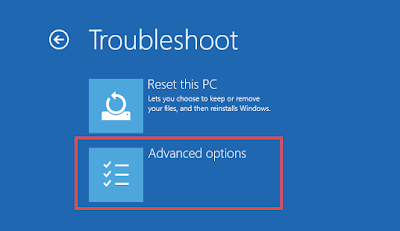
- Select Enable Safe Mode option then click on Restart button.
- Now Press F5 button for EnablingSafe Mode With Networking option.
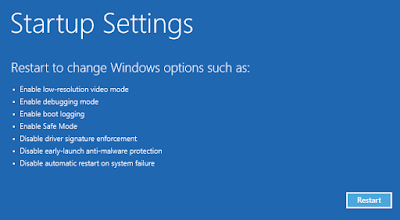
- Right Click on Task Bar and the select Task Manager.
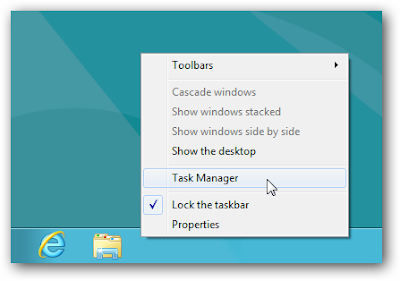
- You can also open Task by simultaneously press ALT+Ctrl+Del.

- Now Windows Task manager option will be open on screen.
- Find and select malicious process then click on End Task button.
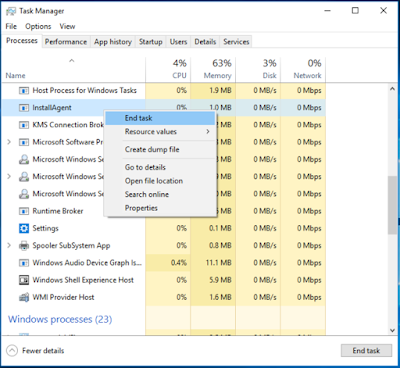
Remove FileEncrypted Ransomware From Windows XP
- Go the Start menu and select Control Panel.
- The select Add or Remove programs option.
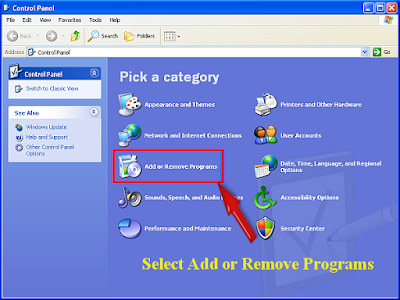
- In this Windows find FileEncrypted Ransomware and Remove unwanted installed program from your System.
Remove FileEncrypted Ransomware From Windows 7
- Press the Windows key to open All program list.
- Here select Control Panel Option.
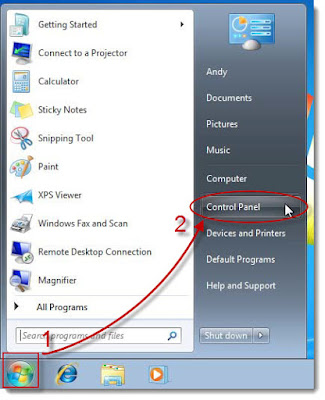
- In Control Panel Windows select Programs menu and then click Remove a programs.
- Them select the FileEncrypted Ransomware and click on Remove option.
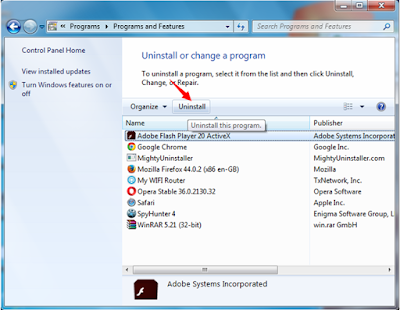
Remove FileEncrypted Ransomware From Windows 8
- Together Press Win+R button to open Run Box.
- In Run Box type control panel and hit Enter button.
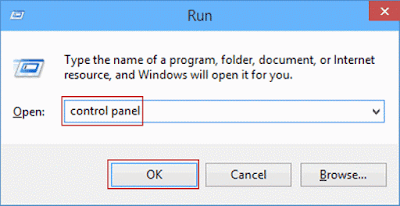
- On Control Panel and then Click Remove a program.
- Find unwanted programs and click on Remove option.
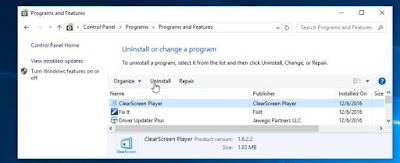
Remove FileEncrypted Ransomware From Windows 10
- Press Start Menu and select Settings option.
- Now choose System option here.

- Select on the Apps and Features option.
- On the is Windows Find FileEncrypted Ransomware and click on Remove option.

Remove FileEncrypted Ransomware From Google Chrome
- Open Google Chrome browser then click on icon to top right corner to open Chrome menu.
- Now click on the Tools option.
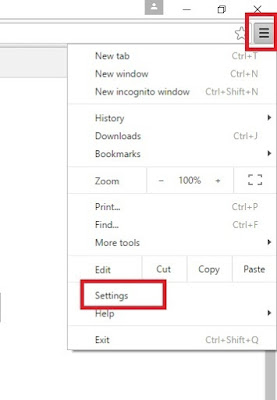
- Go to Extension and select all unwanted extension.
- Click on trash icon to Remove FileEncrypted Ransomware from Google Chrome.
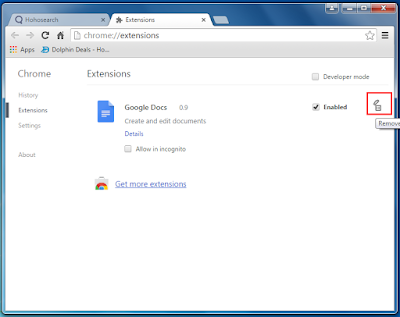
Remove FileEncrypted Ransomware From Mozilla Firefox
- Click on Setting icon on top right corner to open browser menu.
- Now select Add-ons >> On Add-ons Manager tab select Extensions or Appearance panel.
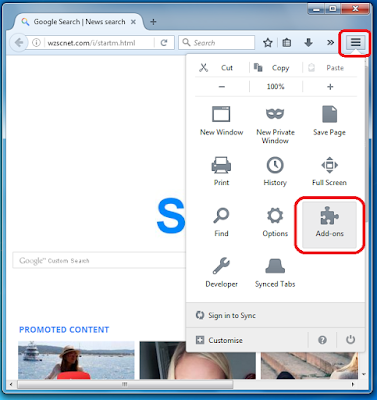
- Select FileEncrypted Ransomware to Remove it.
- Click on the Remove button or Trash option.
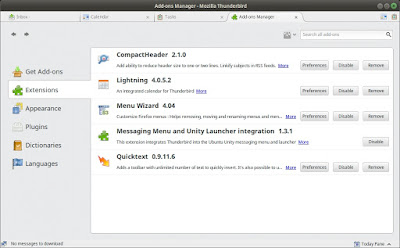
Remove FileEncrypted Ransomware From Internet Explorer
- Press Alt+T buttons on Internet Explorer to open Tool Option.
- Also to open Tools option click on Gear Icon from the right-top corner.
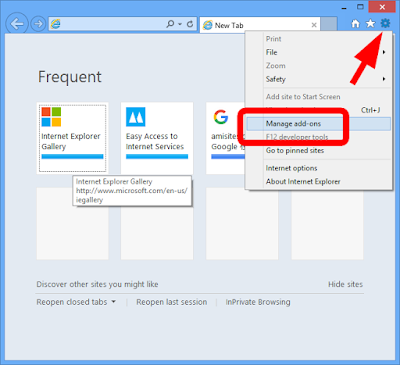
- Click on Manage Add-ons option then select Toolbars and Extensions tab.
- Find FileEncrypted Ransomware and related add-ons then Click Disable.
- Finally click on Remove button.
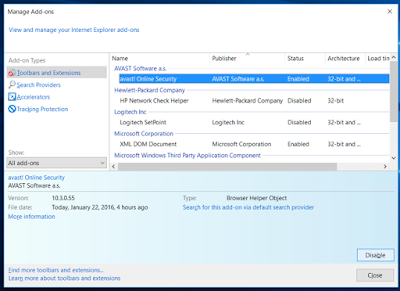
Remove FileEncrypted Ransomware From Microsoft Edge
- Open Microsoft Edge then click on More (...) icon.
- Now click on A specific page or pages option.

- Select Custom option >>> type the URL of the page.
- Now to fix it Restart your Microsoft Edge Browser.
Reset Microsoft Edge
- Click on More (...) icon, then select Settings option.
- Under Settings section click on Clear Browsing Data.
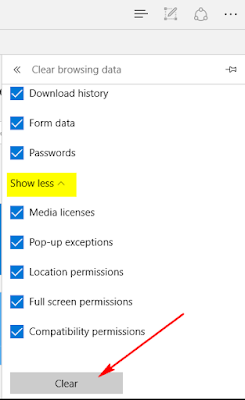
- Here click on Choose what to clear >> then click Show more.
- Select all and click Clear.
Reset Internet Explorer
- Click on Tools menu and select Internet Option.
- Click on Advance tab then click on Reset button.
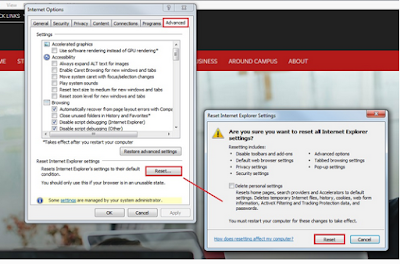
- Find Remove Personal Settings and then press Reset Button.
- Finally click on Close Button and Restart your IE.
Reset Google Chrome
- Click on Chrome menu to open the Settings.
- Now on Drop down option click on Settings option.
- Type Reset on the Search Box of Chrome Settings.

- Then click the Reset button until the Task is not completed.
- Then Restart the Browser.
Reset Mozilla Firefox
- Click on Firefox menu and click Help option.
- Here select Troubleshooting Information option.
- Press Refresh Firefox button from top of page.
- Click Refresh Firefox button and then Restart your Mozilla Firefox.
- Open Run Command >>> Press Win + R keys together.
- On Run Command Type regedit and hit Enter or Press OK.

- Find and Remove all related registry files of FileEncrypted Ransomware.
- HKEY_LOCAL_MACHINESystemCurrentControlSetServicesWpm
- HKEY_CURRENT_USERSoftwareMicrosoftInternet ExplorerMain Default_Page_URL
- HKEY_LOCAL_Machine\Software\Classes\Chrome
- HKEY_CURRENT_USER\Software\Microsoft\Windows\CurrentVersion\Run .exe
- HKCU\Software\Microsoft\Windows\CurrentVersion\Internet Settings\random
- HKEY_LOCAL_MACHINE\SOFTWARE\Microsoft\Windows\CurrentVersion\run\random
- HKEY_CURRENT_USER\Software\Microsoft\Windows\CurrentVersion\Internet Settings CertificateRevocation
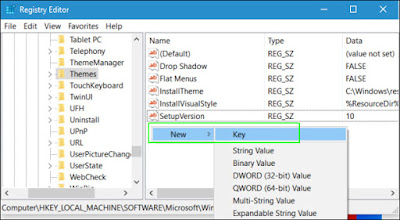



No comments:
Post a Comment